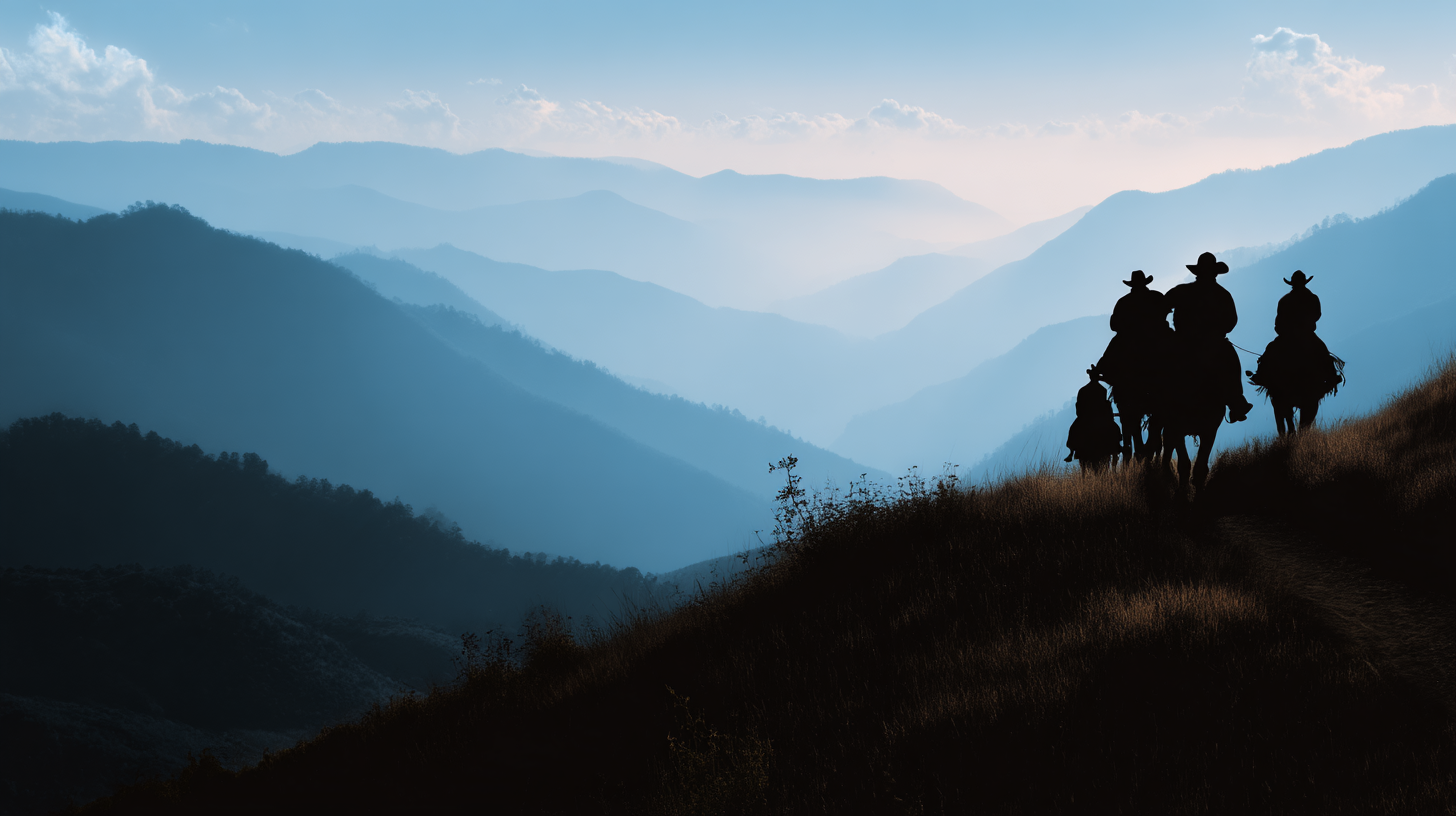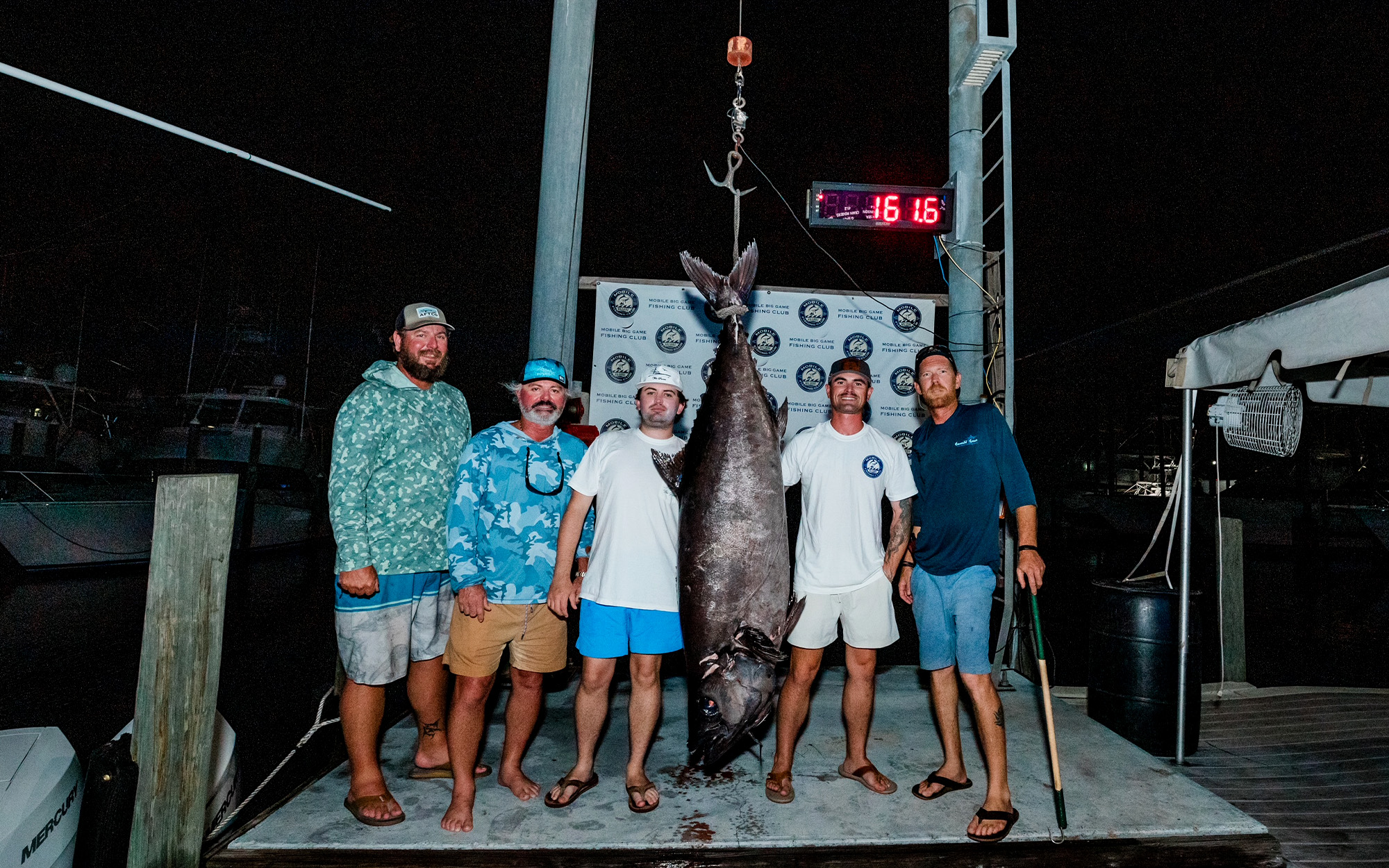How Did People Survive the Wilderness Road?

In the late 1700s, thousands of pioneers set out into the unknown, pushing westward through rugged Appalachian terrain along a trail known as the Wilderness Road. Carved by Daniel Boone and fellow frontiersmen, this route stretched from Virginia into Kentucky, and it was no scenic stroll. It was a test of grit, survival skills, and good old-fashioned hard work.
So how did they make it through? Without GPS, grocery stores, or modern medicine? Here’s a closer look at the forgotten skills and clever strategies that kept them alive.
They Traveled in Groups
No one survived the Wilderness Road alone for long. Families moved together, often joining with others to form small traveling groups. These “rolling communities” shared resources, defended each other, and helped with tasks like building shelters or foraging for food.
Strength in numbers meant fewer surprises and a better shot at making it through hostile terrain, or worse, unfriendly encounters.
They Packed Smart and Traveled Light
Wagons were often too bulky for the narrow mountain passes, so most pioneers traveled on horseback or on foot. That meant every item they brought had to earn its keep. Instead of hauling heavy loads, they packed:
-
Salted or smoked meat, like jerky or salt pork – dense, high-protein food that didn’t spoil easily
-
Cornmeal, which could be cooked as porridge, fried as cakes, or thickened into stew
-
A flintlock rifle and powder horn, used for hunting and defense
-
Simple tools, like a belt knife, cooking pot, canteen, and a small hatchet
-
Basic first aid supplies, often homemade: poultices, dried herbs, cowboy cough syrup, and linen wraps
Related: Cowboy Candy Pickled Eggs
They left behind anything unnecessary. Fancy clothes, furniture, or bulky keepsakes had no place on the trail. They wore tough wool or buckskin clothing and carried little more than what they could wear or strap to a packhorse.
They Knew How to Live Off the Land
Hunting, trapping, and foraging weren’t backup plans. They were the primary means of survival. These settlers knew which plants were safe to eat, how to track game, and how to catch fish in fast-moving mountain streams.
Medicinal herbs like yarrow, wild mint, and plantain were used to treat wounds, infections, and illness. A twisted ankle or infected cut could be deadly if untreated.
These were the kinds of everyday skills that weren’t considered “special” back then. Everyone just knew them. And today, many of them are being lost… unless you intentionally go looking.
They Built As They Went
The Wilderness Road wasn’t just a passage. It was the beginning of a new life for many families. Along the way, settlers built:
-
Lean-tos and temporary cabins, often with nothing more than axes and sweat, using felled trees, stacked logs, and mud for insulation
-
Fire pits or stone hearths, which allowed them to cook and stay warm in the cold Appalachian nights
-
Fencing and small animal pens, for those who brought along chickens, goats, or pigs
Some settlers decided not to push all the way to Kentucky. If the land looked good, like with rich soil, fresh water, and game nearby, they simply stopped and started homesteading. These “trail homesteads” became the seeds of future towns.
And even those who kept moving often returned to these early settlements for rest, trade, or news. The road became dotted with waypoints, and community grew one log cabin at a time.
This kind of improvisation was essential. If you waited for someone else to provide shelter or food, you didn’t last long. You built what you needed or went without.
They Expected Hardship and Planned for It
No illusions. These people knew the journey would be brutal. They faced:
-
Weather extremes – rains turning trails to mud, freezing nights without cover, heatwaves with no water in sight
-
Injury and illness – a broken bone, snakebite, or bad fever could kill without proper care
-
Food shortages – even the best hunters had dry spells, and storms could wipe out days of progress
So they mentally prepared. They didn’t count on comfort. They planned for setbacks.
For example, some carried extra powder wrapped in waxed linen, protected from moisture in case their main horn got wet. Others wore hand-sewn moccasins they could repair or remake on the trail. They knew how to purify water using charcoal and sand from riverbanks, and how to calm a sick child with willow bark tea.
They didn’t have backup generators or 72-hour kits. Their survival depended entirely on what they knew and how they acted.
Bringing It Home
The Wilderness Road may be history, but the lessons still matter. In a world that feels increasingly fragile, it’s worth asking: could you survive without modern comforts?
Learning the skills our ancestors used isn’t just interesting. It’s practical. If you’re looking to get started, The Lost Ways is a solid guide to everything from building a smokehouse to preserving food without a fridge.
Our ancestors made it through with little more than a rifle, a pot of stew, and the will to keep going. Maybe it’s time we remembered how they did it.
👉 Learn more about The Lost Ways here
You may also like:
 $5 Depression-Era Recipes
$5 Depression-Era Recipes
Why You Should Put Egg Whites On Second-Degree Burns (Video)
How To Tie And Use A Bowline Knot
Dutch Oven Recipes Cowboys Survived On
What Plants Cowboys Ate in the West
Read the full article here









